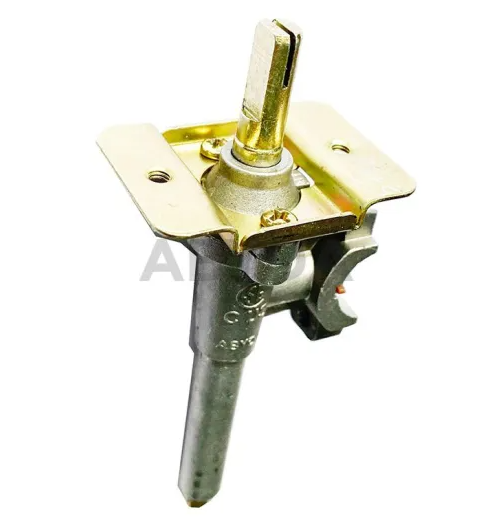LPG Valves - Safe use of LPG at small bulk installations
LPG (liquefied petroleum gas) is a versatile and widely-used energy source, providing heat and power for various residential, commercial, and industrial applications. However, the safe handling and storage of LPG are paramount to prevent accidents and ensure the well-being of users. One critical component in the safe use of LPG is the LPG valve, which plays a crucial role in controlling the flow and release of gas.
1. Importance of LPG Valves:LPG valves are essential components in the LPG distribution system, serving several critical functions:
Gas Shut-Off: LPG valves allow users to shut off the flow of gas from storage tanks or cylinders, providing a means to isolate the supply in case of emergencies, maintenance, or repairs.
Pressure Regulation: LPG valves help regulate the pressure of gas within the distribution system, ensuring that it remains within safe operating limits and preventing overpressure situations that could lead to leaks or accidents.
Safety Features: Many LPG valves are equipped with safety features such as excess flow valves (EFVs) and pressure relief valves (PRVs) to mitigate the risk of gas leaks, overpressurization, and potential hazards.
2. Types of LPG Valves:There are several types of LPG valves commonly used in small bulk installations, including:
Manual Valves: Manual valves are operated manually by turning a handle or lever to open or close the valve. They are commonly used for isolating the flow of gas during routine maintenance or in emergencies.
Automatic Valves: Automatic valves are designed to respond to changes in pressure or flow within the system without manual intervention. They are often equipped with safety features such as EFVs and PRVs to prevent overpressure and gas leaks.
Cylinder Valves: Cylinder valves are used to control the flow of gas from individual LPG cylinders. They are typically equipped with a pressure relief device to vent excess pressure and prevent cylinder rupture.
3. Safe Usage Guidelines:To ensure the safe usage of LPG valves at small bulk installations, consider the following guidelines:
Regular Inspection: Conduct regular visual inspections of LPG valves to check for signs of damage, corrosion, or wear. Replace any faulty or damaged valves immediately to prevent leaks or accidents.
Proper Installation: Ensure that LPG valves are installed correctly by qualified professionals according to manufacturer specifications and industry standards. Proper installation is essential for optimal performance and safety.
Emergency Procedures: Establish emergency procedures for shutting off LPG valves in case of leaks, fires, or other emergencies. Ensure that all personnel are trained in emergency response protocols and know how to safely operate LPG valves.
Maintenance: Schedule routine maintenance and servicing of LPG valves to ensure they remain in good working condition. Clean, lubricate, and test valves regularly to detect and address any issues before they escalate.
4. Compliance with Regulations:Ensure that LPG valves at small bulk installations comply with relevant regulations, standards, and codes of practice. Depending on the jurisdiction, regulatory requirements may include installation, operation, maintenance, and inspection guidelines for LPG valves to ensure safety and compliance with industry best practices.
LPG valves play a vital role in ensuring the safe and efficient distribution of LPG at small bulk installations. By understanding the importance of LPG valves, adhering to safe usage guidelines, and complying with regulatory requirements, users can minimize the risk of accidents and hazards associated with LPG handling and storage. Additionally, regular maintenance, inspection, and training are essential components of a comprehensive safety program to protect personnel, property, and the environment from potential LPG-related risks.


Comments
0